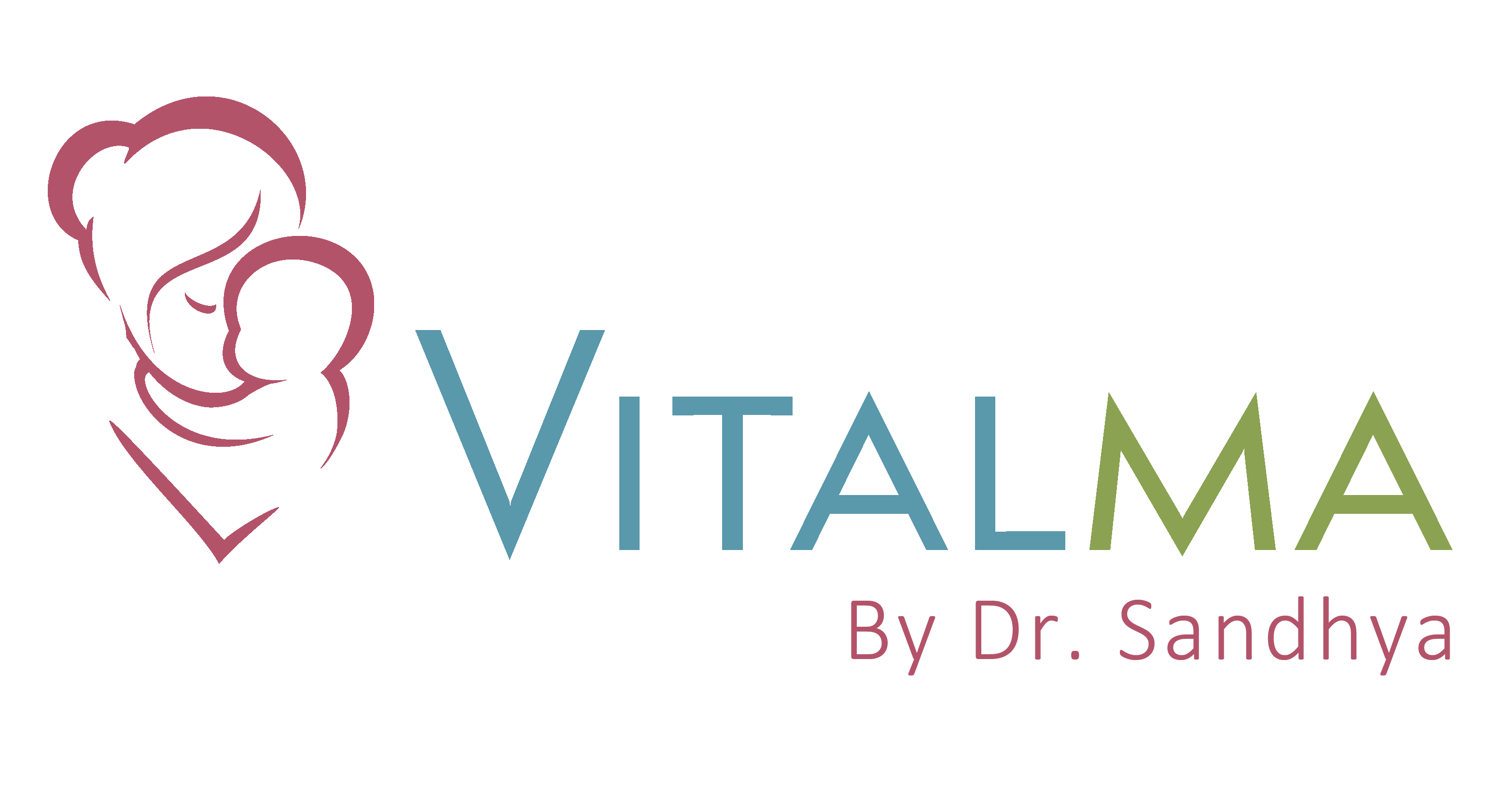By Siyona Varghese
Music and movement have a special kind of magic when it comes to connecting children. From tapping to a beat to dancing in a circle, these shared rhythms and motions help children express emotions, build friendships, and understand social cues in a natural, joyful way. For children who struggle with communication or social interaction such as those with autism or developmental delays music and movement can provide a powerful bridge to connect with others.
Why Music and Movement Matter
Children are naturally drawn to rhythm and sound even before they learn to speak. Music stimulates multiple areas of the brain simultaneously language, memory, emotion, and motor coordination making it an effective tool for social learning. When combined with movement, such as clapping games, dancing, or following rhythmic instructions, it becomes a multi-sensory experience that fosters both engagement and interaction.
Music and movement activities help children learn critical social skills such as taking turns, sharing space, imitating others, and cooperating toward a shared goal. A simple game like “freeze dance” teaches impulse control and attention, while singing “Row, Row, Row Your Boat” with a partner encourages cooperation and eye contact.
Supporting Children with Social Challenges
Children with social or communication difficulties may find direct social interaction overwhelming or confusing. Traditional verbal teaching methods might not reach them effectively but music provides a nonverbal, emotionally safe way to engage.
For instance, children with autism spectrum disorder (ASD) often respond positively to predictable rhythms and repetitive songs. These patterns create a sense of structure and safety, which can lower anxiety and increase willingness to interact. Similarly, children with speech or language delays can practice vocalizing and turn-taking through singing and call-and-response games.
Movement adds another layer of support. Dancing or mimicking gestures helps children understand nonverbal cues such as body language, timing, and personal space all crucial components of social communication.
Practical Ways to Use Music and Movement
Parents, educators, and therapists can integrate music and movement into daily routines or structured play sessions to enhance social growth. Here are a few strategies:
Start Simple – Begin with songs that have clear rhythms and repetitive lyrics. Nursery rhymes or songs like “If You’re Happy and You Know It” help children connect actions with emotions and words.
Encourage Imitation – Have children copy clapping patterns, dance steps, or simple percussion beats. Imitation builds attention, coordination, and an understanding of social reciprocity.
Use Group Activities – Circle dances, marching songs, or passing instruments in rhythm teach children to wait, share, and follow group cues—skills that naturally translate into classroom and playground settings.
Add Emotions to Music – Play songs with different moods (happy, calm, energetic) and ask children to move in a way that matches the feeling. This builds emotional awareness and empathy by linking movement, sound, and feeling.
Include Instruments – Simple instruments like tambourines, shakers, or drums allow children to explore sound while participating actively in a group. Taking turns to play reinforces patience and respect for others’ contributions.
Connect Movement to Stories – Combine music and storytelling by encouraging children to act out songs or create short “music stories.” This helps develop imagination, communication, and narrative understanding.
The Role of Adults
The role of adults parents, teachers, or therapists is to create a supportive environment where children feel safe to express themselves. The focus should not be on perfect rhythm or performance but on shared enjoyment and participation. Adults can model enthusiasm, encourage positive interactions, and gently guide children who struggle to join in.
Music and movement sessions also offer valuable observation opportunities. Adults can notice how children respond to rhythm, how they interact with peers, and which activities elicit engagement or anxiety insights that can inform individualized support strategies.
The Emotional Power of Shared Rhythm
What makes music and movement truly transformative is their ability to evoke joy and connection. When children sing or dance together, they experience a sense of belonging that goes beyond words. This shared experience fosters empathy helping children notice how their peers feel and respond in kind.
Even a few minutes of daily music and movement play can improve mood, attention, and cooperation. Over time, these moments of connection build confidence and reinforce positive social behaviors.
Conclusion
Music and movement are more than just fun they are essential tools for helping children develop social and emotional intelligence. For kids who find communication difficult, the rhythm of a song or the motion of a dance can open new pathways to connection and understanding.
By embracing musical play, we give children not only a chance to move and express themselves but also an opportunity to belong, listen, and grow together. In every shared beat and step, they learn one of life’s most beautiful lessons: connection through joy.

